Math for kids
Math for kids is all about engaging in hands-on learning opportunities that enhance their mathematics skills. When you teach young children numbers and equations, be sure to keep it enjoyable to inspire a love of math early on.
There are plenty of ways to help your kids learn and improve their math skills, even from a young age! So, keep reading for our favorite tips and activities for early mathematics.
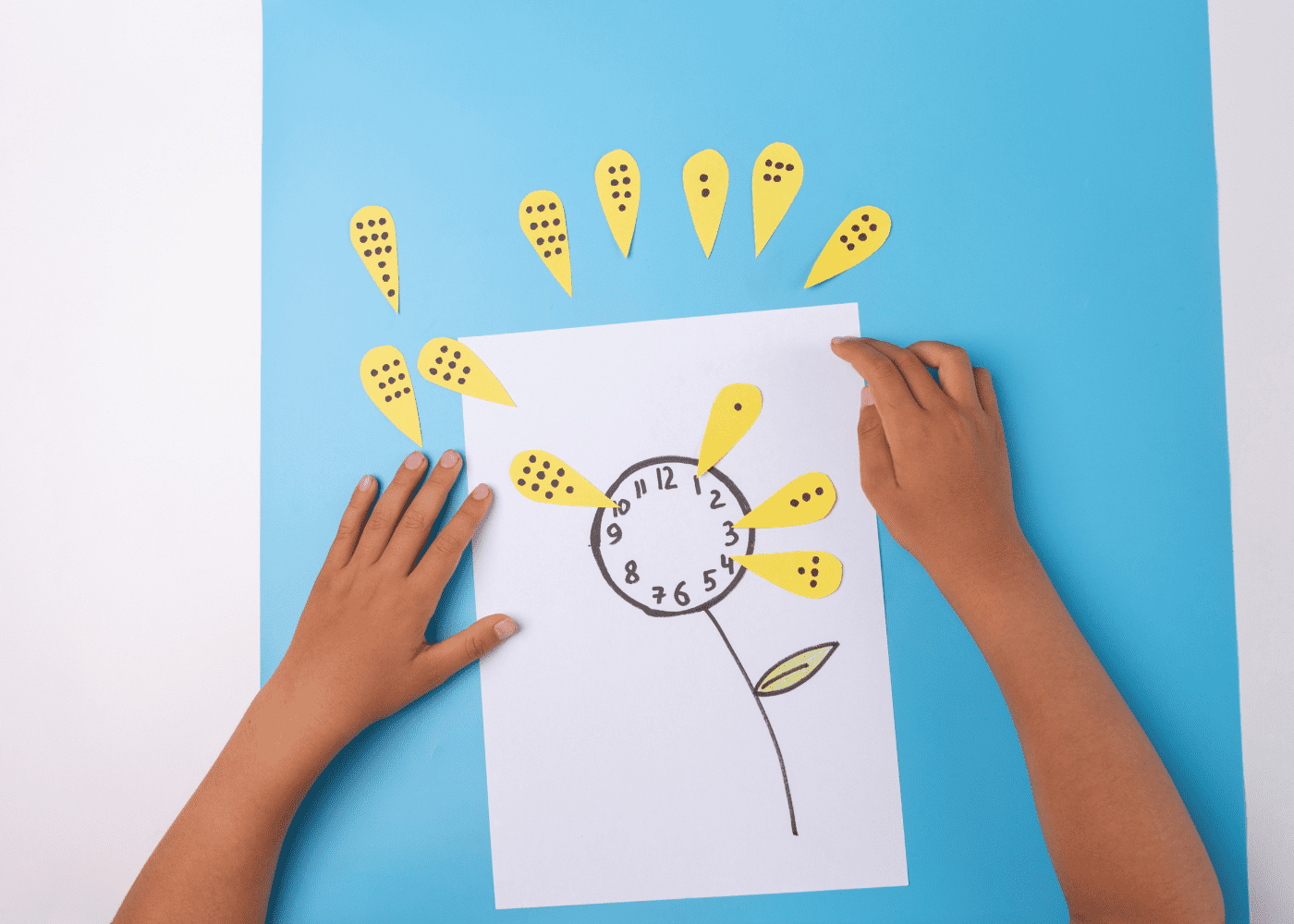
Why math is important for kids
Math is an essential skill for any child to learn. It teaches them the fundamentals of critical thinking, problem-solving, and analysis. Math allows children to think more logically in everyday situations. Mathematics also develops critical skills that can be used in various aspects of life, such as entrepreneurship and business management, coding, and programming.
Additionally, math teaches kids patterns and relationships that can help them in other subject areas, such as science or even art. Experiments involve observing patterns and collecting data that students can use to reach conclusions later on.
Lastly, math helps us to understand the world around us better; it’s used regularly in disciplines like physics, engineering, and architecture when creating designs for structures or technical devices. So whether your child plans to enter the STEM field or pursue a career in liberal arts, having strong math skills will benefit them now and further down the line.
An understanding of mathematics is necessary for our future generations if they will be successful in their pursuits. It provides them with the tools they need to solve complex problems and think creatively, which is important in an ever-evolving technological world!
Here are some ways to support your child’s math learning at home, from math teacher Maria Morrisson Copolillo:
How to make math for kids fun
Math can sometimes be an intimidating subject to learn, especially for kids. The good news is that there are tons of resources available for parents and teachers looking to teach math creatively and engagingly. First, I want to address math anxiety, then below, I will share some of my favorite ways to make mathematics fun.
Preventing math anxiety
Studies have shown that math anxiety can develop as early as age 5 (read the University of Nebraska-Lincoln’s post here). This means that educators and parents alike need to take great care in teaching children about mathematics while ensuring it is a calm and enjoyable process.
Note: The advice below is more geared to classroom practice, but since “parental involvement is critical in developing positive dispositions toward math” (Furner & Duffy in Equity for All Students in the New Millennium), these are practices that families can use to support math learning at home.
Here’s what the experts suggest for preventing math anxiety in children:
- Accommodate for the learning styles of all learners
- Foster positive math experiences
- Vary testing methods
- Emphasize positive self-talk, the importance of quality thinking over accurate formula manipulation, and reiterate that mistakes are part of the learning process
- Relate math to real-world problems
- Let children have input in evaluations
- Understand that different learners will have different approaches to math
I highly suggest reading this article by Furner and Duffy, as it gives lots of insight into the topic and has many tips and resources for reducing math anxiety in children.
For more strategies, I also recommend the Child Mind Institute’s article on How to Help Kids With Math Anxiety!
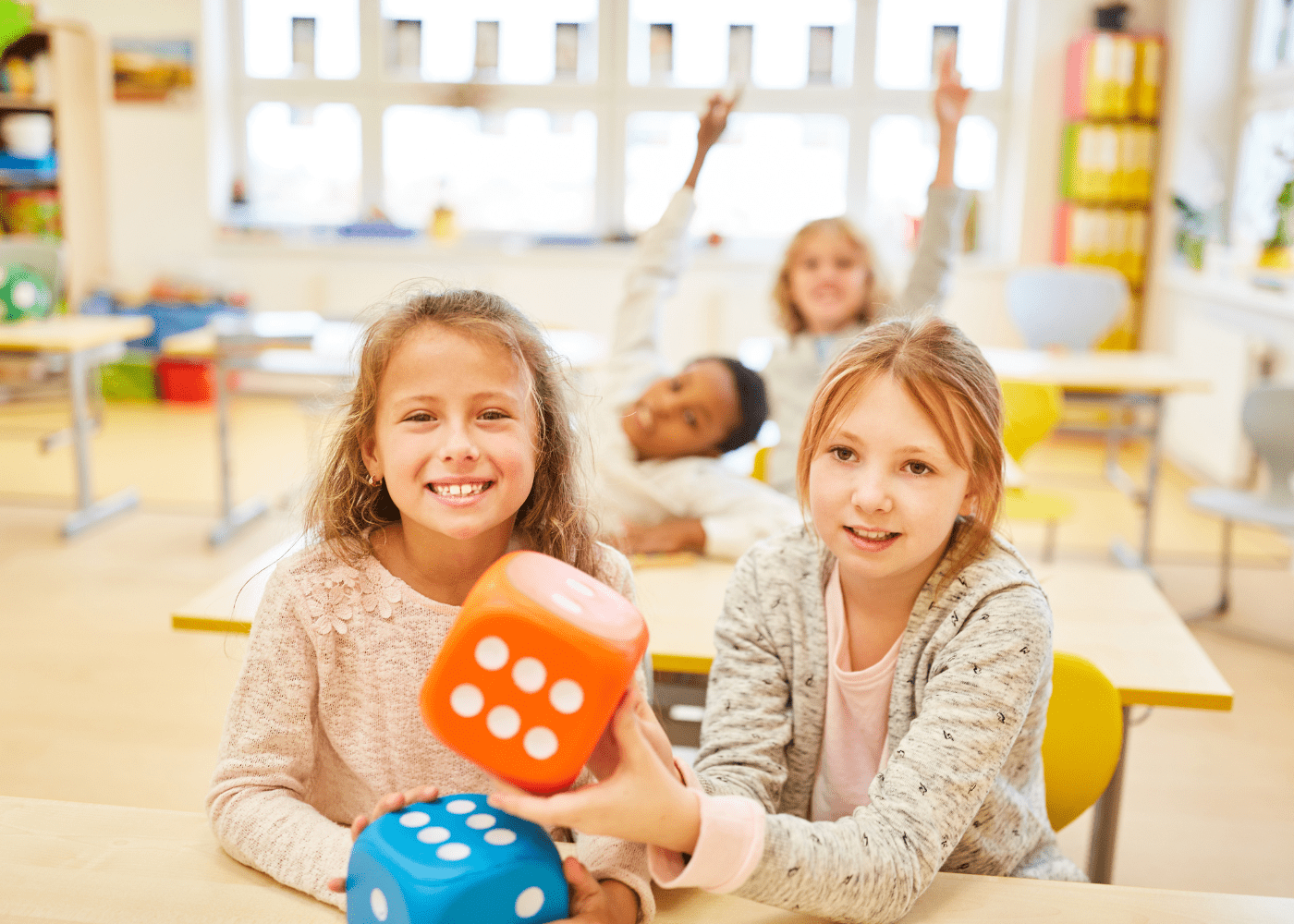
Creating a fun learning environment
With a little bit of creativity and effort, it’s possible to make math fun and exciting for even the most reluctant learner. One way to do this is by changing up the learning environment. Kids often respond better to learning when they are engaged in hands-on activities or games.
Math games offer a fun and engaging way to introduce young students to mathematics. By presenting mathematical concepts through challenging puzzles, memory games, and challenges, young learners can understand mathematical ideas in a more stimulating and enjoyable way. Games also have the potential to improve logical reasoning skills and foster cooperative play.
Additionally, they can make teaching math more approachable by developing critical thinking skills and problem-solving abilities, which will prepare children for future success in school. Paired with traditional classroom instruction or home learning sessions, it’ll be easier to get kids excited about mastering math fundamentals!
Here are some ways to use games and activities to support your child’s education:
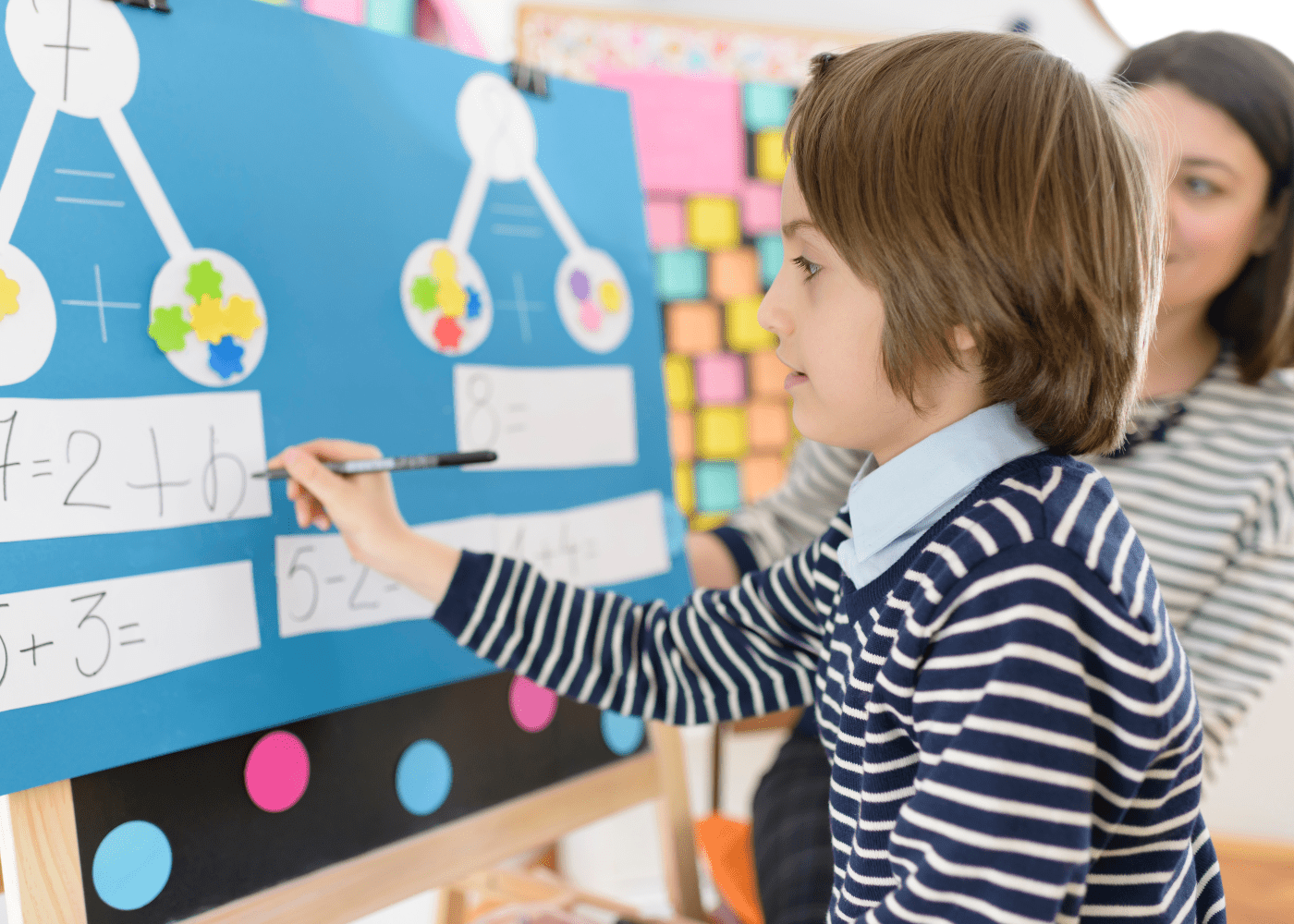
Hands-on games and activities
Classic games such as Bingo, Yahtzee, or Tic Tac Toe can help teach important concepts while insisting that kids use math skills to play. There are also tons of games and math puzzles on the market today. I’d suggest heading to your local educational supplies store. Ask the employees for advice on good games if you need help finding one! There’s also always amazon.
Virtual games
You can also find a good mathematical game or educational app online if your children have screen time! Check out PBS Kids Math Games, for example, which is a completely free game where children can learn with their favorite PBS characters. Fun Brain also has a math zone for online games where the child can choose a fun mini-game.
For apps, there are tons of well-made educational apps available. I tend to find that a learning app usually has a more fun interface than online games and are easier to navigate for kiddos, allowing them to play frustration-free. Splashlearn is a great app for kids in preschool through to grade 5.
Another popular app is Math Kids, which is a completely free learning game designed for children. Math kids features tons of interactive games where they need to solve equations and practice number sense. The only thing I don’t like about this app is that they don’t teach about the equations, children need to solve them. So, I would suggest using this as a revision tool or as a way to practice math skills more than a teaching tool. Check out the app here.
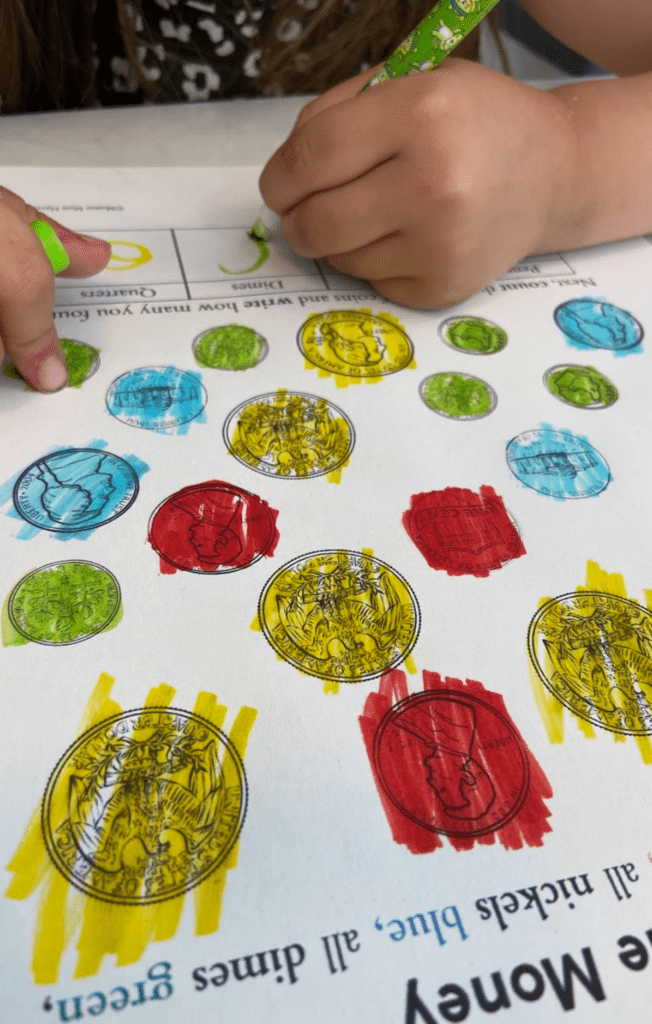
Connecting math to the real world
Part of the difficulty in math is that it’s quite an abstract concept. This is why we suggest using hands-on materials and games because it makes the numbers easier to visualize.
Another good strategy is to use real-world examples that are meaningful to children; for instance, if a child wants to save up for something special like a new toy, a parent can introduce basic money-counting skills by having him practice counting coins and other money related-activities to figure out the total cost. For free money-related worksheets, check out this article.
You can also go on a nature walk and talk about where you can see math outdoors! Check out my post, Ways to teach preschool math in nature, for example.
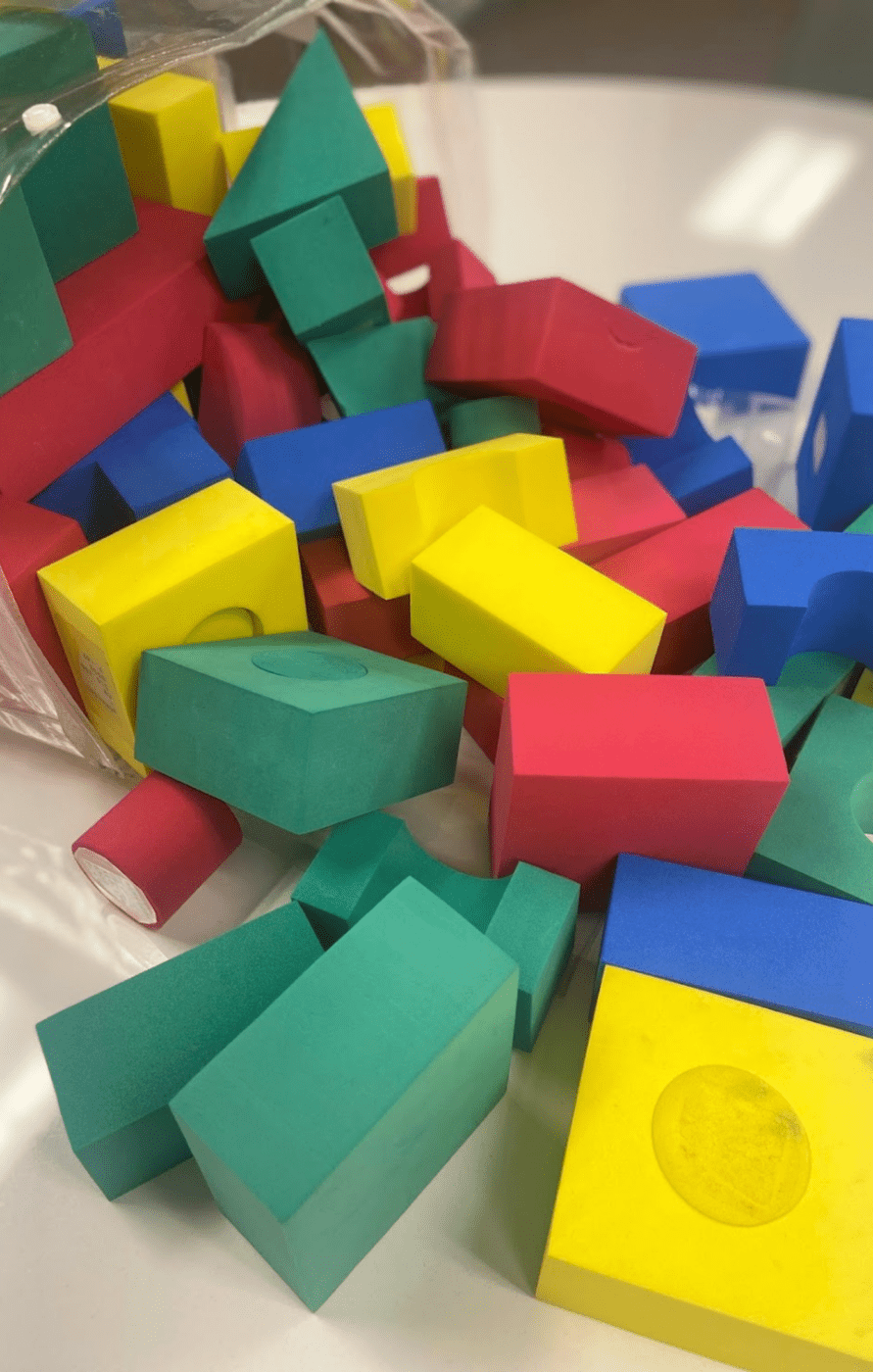
Using everyday objects to teach math concepts
Everyday objects can prove to be excellent tools for teaching math concepts. From introducing new concepts and boosting basic skills, everyday items offer a fun and interactive way to learn important principles.
For example, coins, measuring cups, and recipe ingredients can be used to develop an understanding of decimals and fractions; playing cards are perfect for building fundamental skills in probability and fractions; wooden blocks can help younger students master counting, sorting, and basic addition.
When using everyday objects as part of their math lessons – from grocery items to toys – you create an engaging learning environment that allows them to connect mathematical theories with the real world. This hands-on approach helps them to see not only numbers but patterns in the world around them – ultimately strengthening their problem-solving abilities.
Everyday objects can turn abstract concepts into fun, tangible experiences that aid learner comprehension. Through the use of familiar objects, math can also become more accessible, too.
For ideas about teaching pre-k kids mathematics, check out my post Preschool math concepts for early learners. To see what Kindergarten children will learn in math, click here.
Conclusion
Math for children is the time to focus on instilling a love of learning, establishing a solid foundation in mathematics, and preventing math anxiety. This will ensure success in both the short and long term! Math is important for the development of logical skills and reasoning, but can also benefit children by teaching them problem-solving (among other things!).
For little ones, try finding a good educational game that they enjoy and incorporate lots of opportunities for hands-on learning. Using these resources alongside lessons is a great way to incorporate breaks that are still educational. As the child plays, they will have a great time completing games and challenging themselves to better their abilities. Apps like math kids are great because you can customize game modes to suit your child’s current abilities.
There are also lots of fun games that toddlers love, like colorful puzzles, games, and DIY activities. Exactly the kind you use will depend on your child, but the nice thing is there are lots of resources online and in local stores.
FAQs
How do I teach math to my child?
This answer varies a lot depending on which grade your child is in and what skill they are working on. The main thing is to incorporate many interesting, meaningful, and hands-on learning opportunities. Focus on understanding the process more than the result, and accept that different children reach the same answer in unique ways.
How can I encourage my children to learn math?
By making the learning process fun and enjoyable, you can encourage your children to enjoy learning math. Encourage positive self-talk, give affirmations, and make sure that the lessons and activities you are doing are appropriate for their abilities.
Resources
Here are more math-related posts for you to check out:
- Montessori math: Basics for young learners
- Kindergarten math word problems
- Number tracing worksheets: Numbers 0-10
- Tally mark worksheets (with free printable!)
- Simple preschool sorting activities you can do at home
Learning with littles
Whether you’ve got budding scientists, little artists, or busy mathematicians, we’ve got resources for you! Check out our learning category, filled with teaching tips and free printables that your kiddos will love.
References
Math anxiety and stress in adults, the University of Nebraska-Lincoln
Equity for All Students in the New Millennium: Disabling Math Anxiety by Joseph M. Furner and Mary Lou Duffy
How to help kids with math anxiety, the Child Mind Institute
